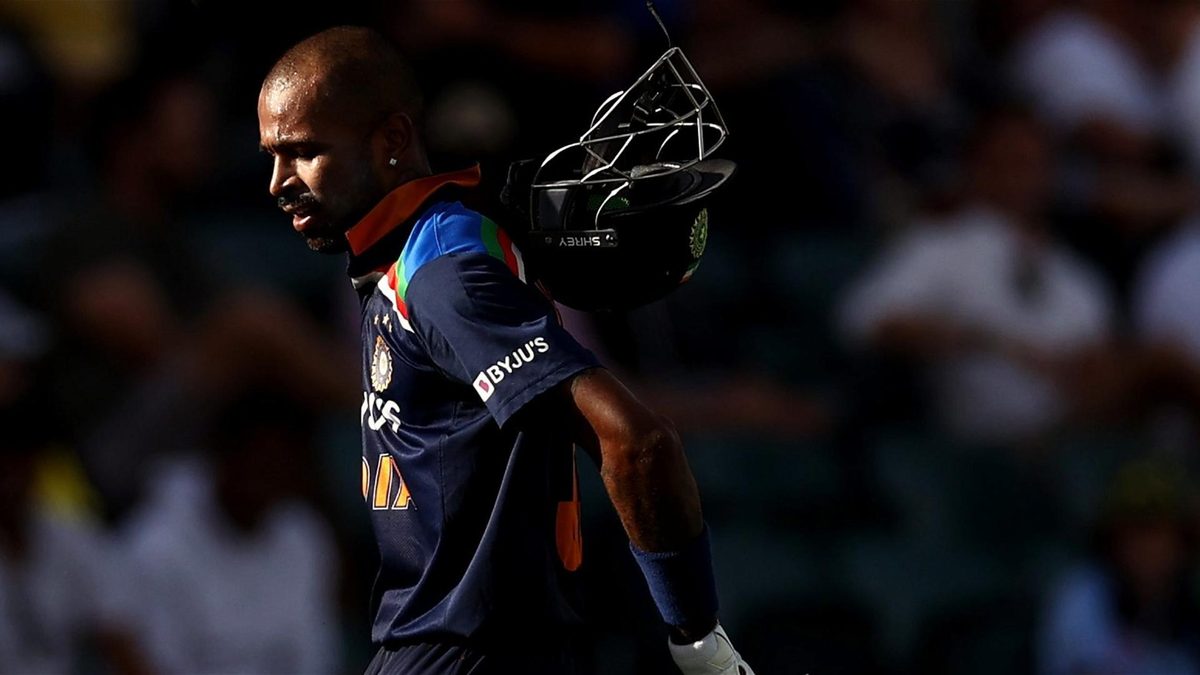
CricViz analyst Ben Jones examines the astonishing recent form of India all-rounder Hardik Pandya, and argues that a player entering his peak is being underutilised in ODI cricket.
Hardik Pandya had an excellent start to his tour of Australia. In the three ODIs which opened the Australian summer, the Indian all-rounder recorded scores of 90 (76), 28 (31), and 92* (76), 210 runs at a scoring rate of 6.9rpo. No centuries, extending his wait for a ton in this format yet more, but two immensely impressive innings, and one which saw India home.
Off the back of a superb season with Mumbai Indians, where he smashed 281 runs from 157 balls en route to a fourth IPL title, Hardik’s performance in the last week should have surprised nobody. On high scoring Australian pitches – the second match of the series saw the most runs ever made in an ODI in the country – Hardik was perfectly placed to take advantage.
It also shouldn’t have come as a surprise because Hardik has been doing this for a while now. The absence of a century is the headline figure, and a millstone around the neck of a player with tons in other formats, but in terms of rapid scoring at the business end of the innings, Hardik is about as good as it currently gets.
In the last two years, only two players (min. 400 balls) have scored quicker than Hardik – Glenn Maxwell, and Jos Buttler, two of the most gifted attacking batsmen we have seen in ODI cricket across its illustrious history.
Hardik’s primary gift, or rather his most widely recognised trait, is his strength against spin. His scoring rate of 8.4rpo against spin – or a strike rate of 139 – is the second highest of any player this century.
That strength against spin is outrageous, as is the fact he maintains it regardless of whether the ball is spinning in (9.8rpo) or spinning away (7.9rpo). Yet what he’s started to do, in the last few years, is up his tempo against seamers. His scoring rate in the earlier part of his ODI career was ;just’ 5.8rpo against pace, but in the last two years that has risen to 7.0rpo; as the tempo has risen, the batting average has gone with it.
Hardik’s grip gives him the reach to hit wider deliveries, but his stance gives him access to those deliveries right in around his toes. Those in particular – the yorkers, swatted away – leave the bat almost with the trajectory of a tee shot, hard and low and fast. Kieron Pollard’s sixes often take the scenic route over the boundary, soaring high before finding their place in the stands; when they get there, Hardik’s sixes are generally already sitting, waiting.
In the last two years, Hardik has faced 39 ‘very full’ deliveries from seamers, meaning balls pitched closer than 3m from the batsman’s stumps. From those balls, he has scored 66 runs and been dismissed once – a scoring rate of 10.2rpo, and an average of 66. But his record against bouncers is similarly impressive, that loose set-up which offers so much against full balls, and wide balls, seemingly not hampering him against short-pitched bowling.
It would be easy to declare that Hardik has ‘great potential’, but that undersells the player he has already become, and would deny the numbers he puts up right now, in 2020. Yet equally, it would be wrong to skew too far in the other direction, and hold Hardik up as being at the end of his journey. There is still more he needs to do, even if that comes in the form of proving his ability rather than advancing it. He’s 27. This should be the start of his peak.
Hardik is a player with highly unusual and desirable skills, who has moved from occasional flashes of brilliance to broadly consistent displays of it. The absence of Rishabh Pant from the white-ball squads on this tour, as well as his middling international performances to date, have placed yet more emphasis on Hardik to be The Hitter.
However, the next obvious step for the most destructive hitter of spin in the modern era, is to move into a position where he will face more of it. A step up the order to No.5, with the subsequent earlier arrival at the crease, would allow him to either face more spin or to drag opposition seamers into the middle overs, making it easier for whoever ends up batting in the death overs. It is by no means a flawless plan – the Indian hierarchy’s refusal to engage with Pant’s talents leave them with few obvious death hitting options – but if we are looking purely at maximising the ability of a destructive and versatile player, then promoting Hardik one or two places up the order feels an ambitious but reasonable route to take.








